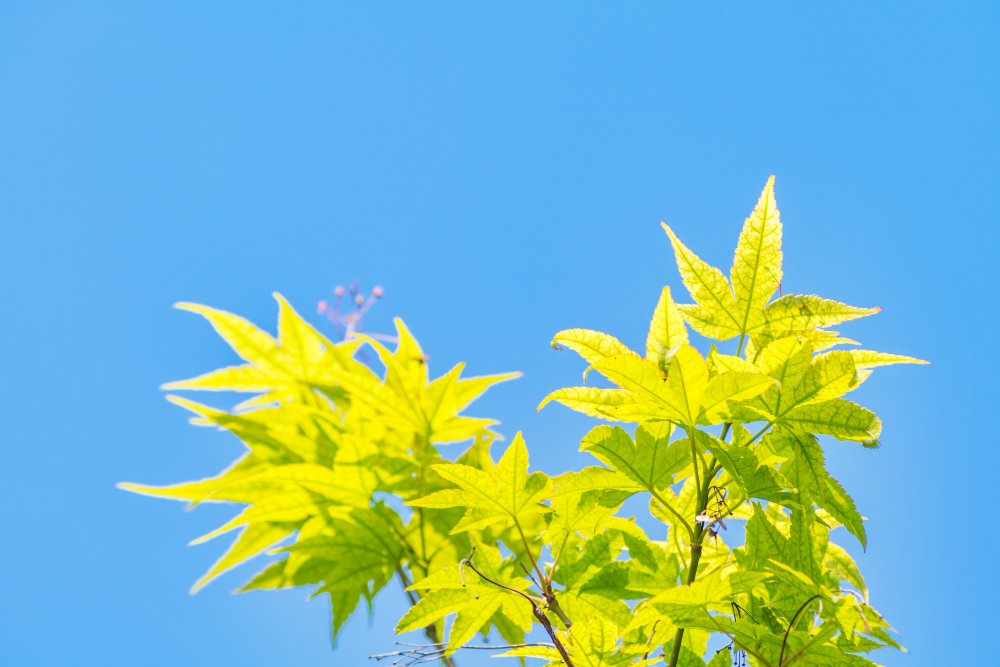Why Is My ZZ Plant Turning Yellow: Common Causes and Solutions
The ZZ plant (Zamioculcas zamiifolia) is prized for its lush, glossy foliage and low-maintenance nature, making it a popular choice for indoor plant enthusiasts. However, if you’ve noticed your ZZ plant’s leaves turning yellow, it can be concerning. In this guide, we’ll explore the common causes of yellowing ZZ plant leaves and provide practical solutions to help restore your plant’s health and vibrancy.
1. Overwatering
Cause: One of the most common reasons for yellowing ZZ plant leaves is overwatering. Excess moisture in the soil can lead to root rot, depriving the plant of essential nutrients and oxygen.
Solution: Allow the soil to dry out completely between waterings and adjust your watering frequency accordingly. Ensure that your ZZ plant is potted in well-draining soil and that excess water can freely drain from the pot.
2. Underwatering
Cause: Conversely, underwatering can also cause ZZ plant leaves to turn yellow. Insufficient moisture can stress the plant and result in wilting and yellowing foliage.
Solution: Check the soil moisture regularly and water your ZZ plant when the top inch of soil feels dry to the touch. Be sure to water thoroughly, allowing excess water to drain away.
3. Poor Lighting
Cause: ZZ plants prefer bright, indirect light but can tolerate low-light conditions. However, if your plant is exposed to direct sunlight or insufficient light, it may experience leaf yellowing and browning.
Solution: Place your ZZ plant in a location with bright, indirect light, such as near a north or east-facing window. Steer clear of direct sunlight exposure, as it may cause leaf scorching. If your ZZ plant doesn’t receive enough natural light, think about adding artificial grow lights to compensate.
4. Nutritional Deficiencies
Cause: Nutritional deficiencies, particularly nitrogen or iron deficiencies, can manifest as yellowing leaves in ZZ plants. This can occur if the plant is not receiving adequate nutrients from the soil or fertilizer.
Solution: Fertilize your ZZ plant regularly with a balanced, water-soluble fertilizer formulated for indoor plants. Follow the manufacturer’s instructions for dilution and application, and avoid overfertilizing, which can lead to nutrient imbalances.
5. Pests or Diseases
Cause: Pests such as spider mites, mealybugs, or fungal diseases can also cause ZZ plant leaves to yellow and decline.
Solution: Inspect your ZZ plant regularly for signs of pests or diseases, such as webbing, white powdery residue, or unusual spots on the leaves. Treat infestations promptly with insecticidal soap or neem oil, and consider isolating affected plants to prevent spread.
Conclusion
Yellowing ZZ plant leaves can indicate various underlying issues, including overwatering, underwatering, poor lighting, nutritional deficiencies, or pest infestations. By identifying the cause of the yellowing and implementing appropriate solutions, you can help your ZZ plant regain its health and vitality, ensuring years of lush green foliage in your indoor garden.






